Balls, normally spherical but sometimes egg-shaped, have several purposes. They are part of the basic sports equipment used in many sports games. Catching and juggling are other uses just as common for people’s exercise and entertainment.
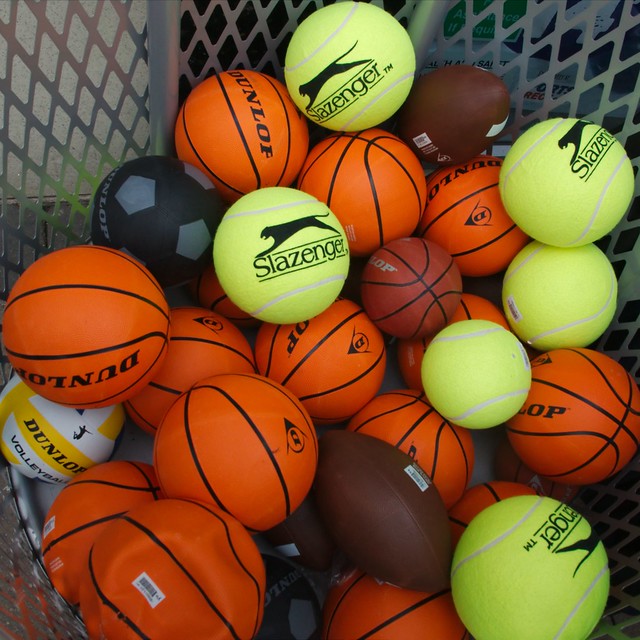
Historically speaking, Columbus was the one who introduced this shape to the world. The Spanish were the initial Europeans to see solid rubber balls bouncing in Mesoamerican ball games. Before Columbus, balls in other games were constructed from animal bladders or skins packed with other materials. Here are some of the most popular sports and their signature spherical shaped object:
Tennis
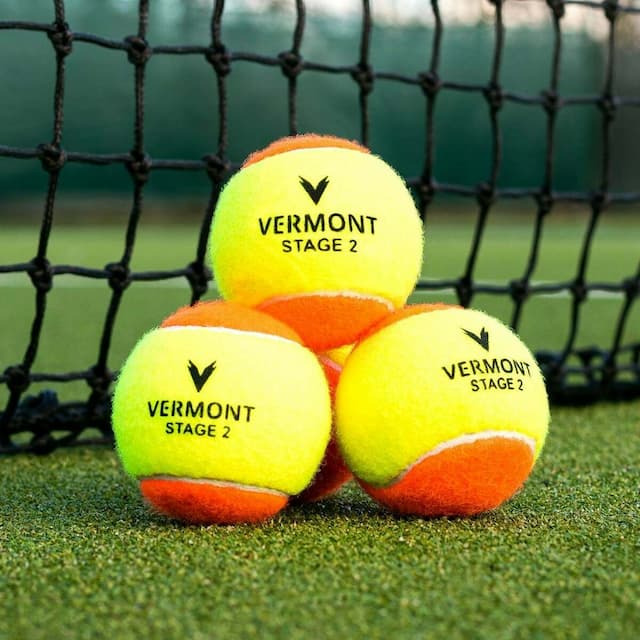
Tennis balls are tennis-specific. Tennis balls are brilliant yellow usually used at big athletic events but they can also be in practically any colour in recreational games. Tennis balls have white curving ovals and are wrapped in fibrous felt to improve aerodynamics. The lightest multiplayer gaming ball comes at 2.7 g, much like a turtle egg. The celluloid or plastic ball bounces more. Fun fact: Cricketers utilise soft tennis balls. These cricket balls replace rubber balls.
Basketball
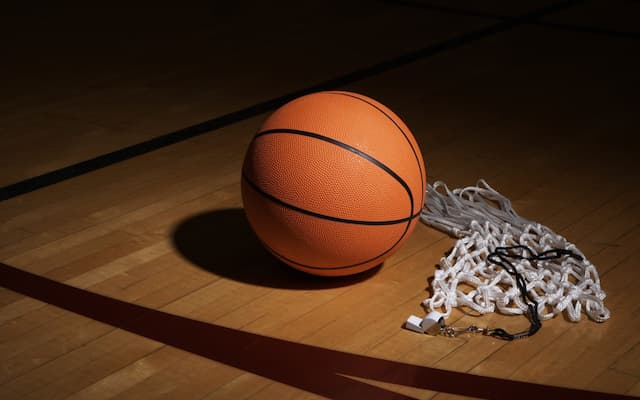
The basketball balls range from centimetres in diameter to training balls approximately 60 cm in circumference. Youth basketballs have a circumference of 9 cm, while NCAA men’s and women’s balls are 76 cm and 74 cm, respectively. The NBA ball standard is 75 cm and the WNBA maximum is 74 cm. High schools and junior leagues use NCAA, NBA, or WNBA-sized balls.
Basketball requires only a court and baskets. The ball must be dribbled, passed, or shot during the game (shooting), that’s why it must be sturdy and easy to hold. The ball is sometimes used for tricks (also termed freestyle), such as spinning it at the top of the index finger, dribbling complex motions, rolling it over the shoulder, or performing aerobatics while slam dunking, especially in a tournament.
Looking to play basketball with your friends, or perhaps practice on your own? Whether it’s an authentic NBA Basketball to add to your collection or a durable ball to take on the courts, there is an online NBA ball for you to purchase.
Football (Soccer)

Associative football uses association footballs, soccer balls, and footballs. Football, soccer, and association football have different ball names accordingly. Rule 2 of the International Football Association Board’s Laws of the Game define the ball’s spherical shape, weight, and substance. FIFA and its subordinate governing organisations set higher standards for competition balls.
Early footballs were animal bladders or stomachs that broke when booted violently. Rubber and vulcanisation by Charles Goodyear made 19th-century improvements possible. Eigil Nielsen invented the 32-panel ball in 1962. Today, technical research improves football play. In 2007, 24 and 42-panel balls replaced 32-panel balls, improving efficiency.
Baseball
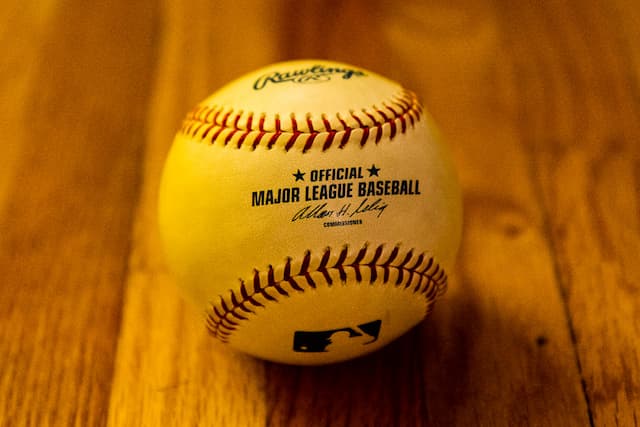
The ball is yarn-wrapped rubber or cork coated in white horse or cow leather. The regulation baseball weighs from 142 to 149 g and has a circumference of 229 to 235 mm or 73 to 75 mm. Red thread sews two peanut-shaped leather covers together. Due to air-stitching slip, this stitch affects baseball trajectory. The pitcher can manipulate the passed ball by controlling the stitching orientation and ball rotation speed. Curveball, slider, double-sided fastball, four-seam fastball, sinker, cutter, and changeup are common fields.
Volleyball
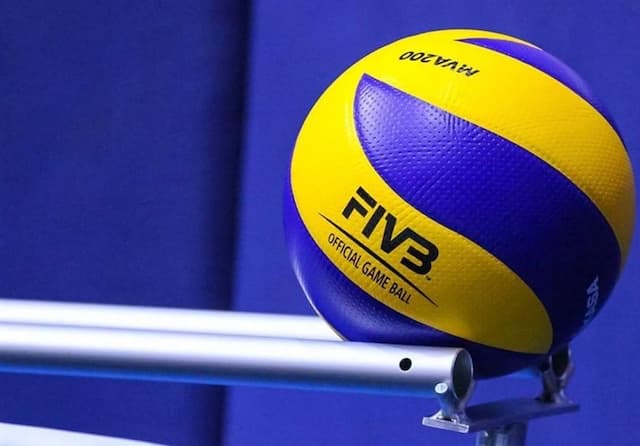
Indoor volleyball, beach volleyball, and other unusual sports employ volleyballs. Volleyballs are spherical and made of eighteen almost rectangular synthetic or natural leather panels wrapped around the bladder in six equal portions of three panels. The valve controls air pressure. In 2008, the FIVB switched to the Mikasa model with dimples and eight panels for a softer touch and more realistic flight.
American Football
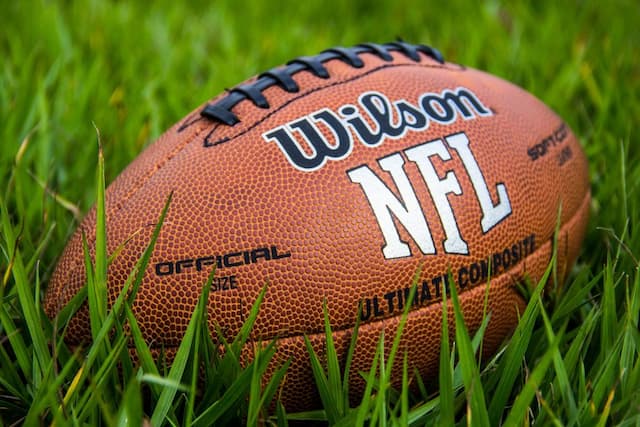
The American ball is spheroidal, 29cm long, 56cm in the centre, and 395 to 425 g. The inside bladder was a pig bladder, but it was changed with a high-quality rubber or plastic bladder, and the outside cover is practically leather. It looks like a rugby ball, except its ends are pointy instead of smooth and curved. Lacing on the leather strip partitions is another popular difference. Hand-throwing the ball requires gripping the laces.
Bowling
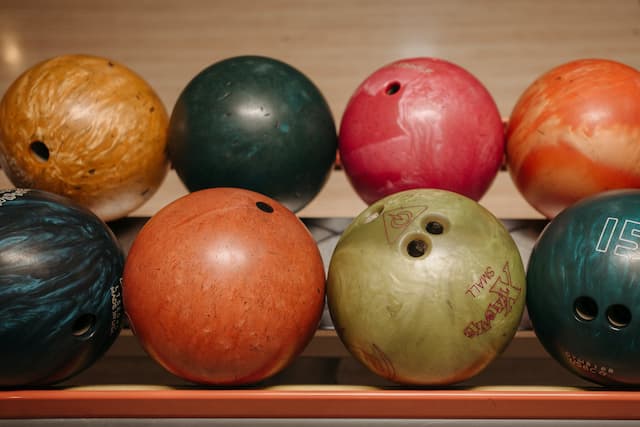
This ball is special because the three holes hold and capture the ball as you pitch it onto the 10-pin. For ventilation and grip issues, there may be additional holes than the three for the ring, middle, and thumb. Another fascinating fact: professional balls are created without holes, so buyers can drill where they like.
First constructed of wood and hard rubber, then plastic, then polyurethane, the balls were enhanced by numerous processes. The ball is substantially heavier than the others yet smaller than a football. To make it heavier, the ball’s core is filled with a more solid material. Players strategically drill holes based on the ball’s position and centre of gravity. The ball is smooth, shiny, brightly coloured, and sometimes has cute patterns. Weight is under 7.26 kg, and the circumference is 67.8 to 68.5 cm.






















